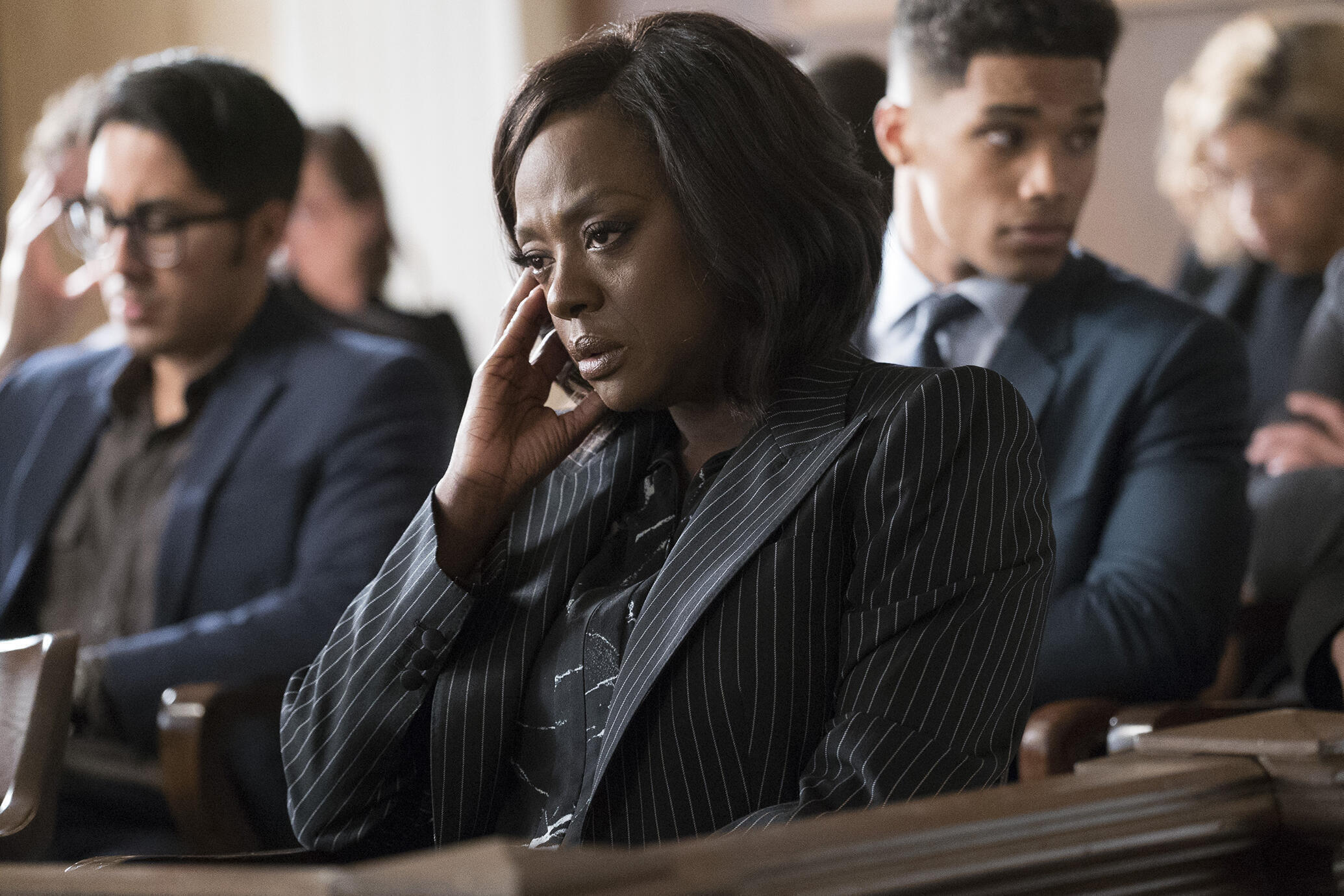2020: a year that has surprised the world in many ways. As we spend more time locked up in our own four walls, binge watching a new TV series has become the new national sport. Not only has this year become the year of COVID-19, it has also become the year that the Black Lives Matter movement grabbed the world’s attention.
Since the 19th century, black characters have come a long way from slavery and the stereotypes connected to the Jim Crow Laws. African-American actors have found themselves in several films playing powerful and charismatic characters.
Nowadays, doctors, superheroes, scientists and even God are played by non-whites. The portrayal of the holy father himself by Morgan Freeman in Bruce Almighty (2003) and Evan Almighty (2007) would have been a laughable idea not so long ago. But this visibility of black actors does not necessarily equate to the overcoming of stereotypes.
As author Matthew Hughey in his book Cinethetic Racism: White Redemption and Black Stereotypes in ‘Magical Negro’ Films(2009) explains, “When previously ignored groups do gain visibility, the manner of their representation will reflect the biases and the interests of those people who define the public agenda”.
Even though the movies Bruce Almighty and Evan Almighty exhibit a level of progressiveness, it has been pointed out by critics like Matthew Hughey that the sole function of Freeman as “God” is to empower and assist the main white character. The figure of a stereotypical “Magical Negro” is wise, upright and uses his powers only to benefit white people. It can be found in many popular movies such as The Green Mile (1999) or the The Matrix trilogy (1999; 2003; 2003). According to the statement of film director Spike Lee given during one of his lectures in Yale University in 2001, the concept of the “magical, mystical Negro” only recycles the story of the “noble savage and the happy slave”.
Having said that, not all black characters are necessarily a reproduction of racist stereotypes. An example can be found in the figure of Miranda Bailey in Grey’s Anatomy (2005-2020). Despite Dr. Bailey being introduced to the audience as the “Nazi” in season one and being known for her pointed comments, she doesn’t exist as another example of a stereotypical “sassy black woman”.
The TV Tropes website describes a typical “sassy black woman” as someone with a witty tongue, making good counterpoints to other members of the cast, even those higher in hierarchy. Usually it is not a pleasure to have a “sassy black woman” around, but she is the go-to girl for help and advice.

But looking closer at the figure of Miranda Bailey, she is by no means one dimensional. As an intelligent woman with an incredible work ethic, she works through both a pregnancy and a divorce and finds her own voice during the course of the series. Miranda Bailey could be compared with Shonda Rhimes, the showrunner of Grey’s Anatomy. The Professional Woman’s Magazine and National Geographics describe how Rhimes is one of the pioneers to overcome the black woman narrative, just like Miranda Bailey. With hits like Scandal and the ABC television series How to Get Away with Murder, Rhimes continues to make an effort to normalize diversity.
Conceivably, this year of the pandemic will draw attention to the many stereotypes still existing within the world of film and television, making diversity the “new normal”
Header image credit: Fort Leavenworth Lamp

